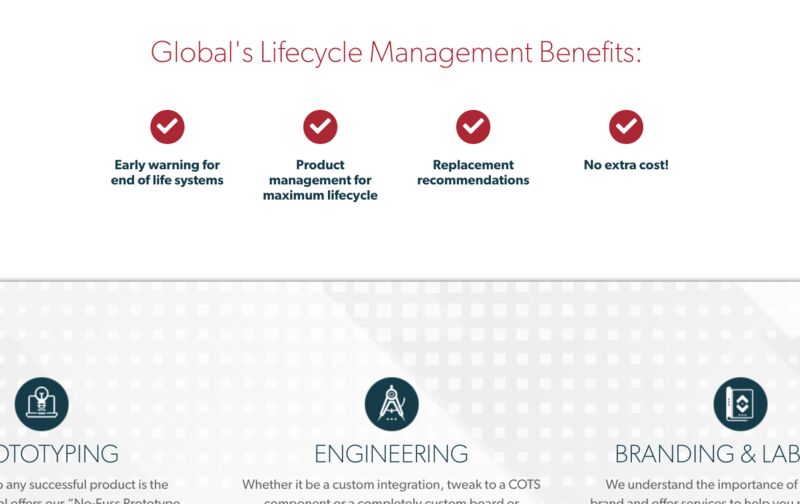
5 Things You Need to Know About Product Life Cycles
Posted on June 23, 2021
The life cycle of an industrial computer is the most crucial factor in deciding when and if you should upgrade to a new system. But what is a life cycle? What does it mean in the context of embedded computers? And how does it relate to the lifespan of a product?
Let’s find out.
#1: What is a Product Life Cycle?
When it comes to technical goods, you cannot just roll out a product and call it a day. Any piece of technology needs constant maintenance and support to function properly. For something like an automobile, this can translate to the availability of spare parts and service centers.
In short, the life cycle of a product represents the viable life of the product in the market. It represents the commitment of a manufacturer to keep supporting the product after the release. A software product, for example, will keep getting security patches and updates throughout its life cycle. Once the product is phased out, however, finding repairs and upgrades for it can become far more difficult.
#2: How does Product Life cycle work in the Embedded Industry?
Product life cycle becomes even more important in the field of computers. This is because computing components do not exist in a vacuum.
The launch of a new generation of processors by Intel is followed by the release of new motherboards, which in turn brings in new embedded boards for industrial use. This also usually coincides with the launch of new versions of Wi-Fi and USB standards, resulting in the phasing out of an entire ecosystem of interconnected technologies.
The life cycle in the embedded industry thus relates to the complete chain of technologies that must work in tandem for the smooth functioning of an industrial setup. It decides how long your systems can perform adequately before being left in the dust by the pace of innovation.
#3: Life cycle vs Lifespan
A common misconception is made between the life cycle and the lifespan of a product. They are in fact two very different terms.
When we say that the lifespan of a product is two years, it means that the individual board you have bought will last that long. But as long as that product is still in its life cycle, you can replace it easily without upsetting the rest of your configuration. This is especially important when you are buying a bunch of embedded computers, as the cost of upgrading is even higher.
It is only after the product’s life cycle has ended that the manufacturers stop supporting the product, and it becomes hard to procure replacement components and driver updates. You can of course continue using the computers until they actually break down, but the lack of official support can create security vulnerabilities.
#4: What is the Ideal Life cycle for an Industrial PC?
To give one absolute figure is tricky, especially when we are talking about an industrial computer’s life cycle.
An embedded system meant for industrial use requires a greater level of support from the manufacturer than say, a personal computer. These systems deal with huge workloads and are often deployed in harsh environments that put each component to the test. As such, the life cycle of an industrial computer is always going to be lower than that of a domestic product.
Ideally, you are looking at a life cycle of at least three to four years. Sometimes, you can get even better numbers, if you manage to move to a new platform right when it launches.
#5: When is the Right Time to Upgrade?
Just because a product has gone out of production does not mean it is defunct now. Most manufacturers would continue to support the product for a few more years after the End-of-Life. This gives you a grace period of sorts to smoothly transition into the new framework without having to pull the plug abruptly.
The best time to upgrade your technical framework is when a new lineup has just been announced. This ensures maximum return on your investment, as the products are guaranteed to have a life cycle of 5 years or more. But don’t wait with a failing system for the next upgrade to roll out either; any embedded system released within the last couple of years will give you good value for money.
